Magnetic stirrer
MS-3000 is compact magnetic stirrer with stainless steel working surface. Units provide stirring of liquids with rotation speed of magnetic element up to 3000 rpm. Currently it is the highest maximal speed for magnetic stirrers of global producers.
Strong magnets hold the driven magnetic element firmly in the magnetic clutch. Stirring is performed without undesirable heating and noise.
Enclosures of stirrer MS-3000 are made of strong steel and painted with powder enamel, which is chemically resistant to acids and alkali.
The stirrers are supplied with a cylinder-shape magnetic stirring bar (6 × 25 mm) encapsulated in PTFE for universal use.
Magnetic stirrers are ideal laboratory instruments for PH-metering, extraction and dialysing with the small quantities of substances.
Operation temperature range +4°С to +40°С (from cold rooms to incubators) at maximal relative humidity 80%
Report Abuse
Shipping Details
Based on 0 reviews
Be the first to review “Magnetic stirrer”
You must be logged in to post a review.
Vendor Information
- Store Name: ATLANTIC Scientific and Research Supply
- Vendor: ATLANTIC Scientific and Research Suply
- No ratings found yet!
-
Health & Medical
Disintegration Double Vessel
1 There are twelve tubes in two basket assembly.
2 Each test station is driven independently. Auto stop at timing point.
3 The bath liquid can achieve an even temperature.
4 A MPU is used to automatically control the temperature, time and frequency of nacelle back and forth.
5 Timing at will. The preset and real time data can be displayed alternately in time.
6 Automation: auto-test, auto-diagnose, auto-alarm.
SKU: n/a -
Health & Medical
IR spectrophotometer
A Spectrophotometer is an analytical instrument used to identify materials including organic polymers. Infrared spectrophotometers record the relative amount of energy as a function of the wavelength/frequency of the infrared radiation when it passes through a sample. Therefore, chemical structures of different samples will reflect differences in the IR absorption spectrum allowing for identification of a sample. Unlike a dispersive spectrometer, an FTIR spectrometer or FTIR spectrophotometer is used to simultaneously obtain spectral data of a sample. It does this by using an interferometer to collect the interferogram, also known as the raw data/signal format, which can then be translated into the infrared spectrum of the sample by means of a fourier transform algorithm. As a result there are many advantages including greater signal-to-noise ratio, high resolution, higher throughput, and a short wavelength limit. FTIR spectrometers can be used in a variety of industries including environmental, pharmaceutical, and petrochemical.
SKU: n/a -
Health & Medical
Glass -Test-Tube++
Glass test tube, also known as culture tube and sample tube, is a common and widely used glassware, which has a finger-like length, open top and closed bottom. It can be made of soda-lime material, borosilicate glass or quartz glass. And borosilicate glass and quartz glass test tube can withstand high temperatures up to several hundred celsuis.
SKU: n/a -
Health & Medical
Microtome
The M-240 microtome from Myr uses state-of-the-art technology and embodies the company´s commitment to quality and excellence in microtomy. It provides the operational convenience and the stability required for outstanding sectioning in routine, research and industry applications
SKU: n/a -


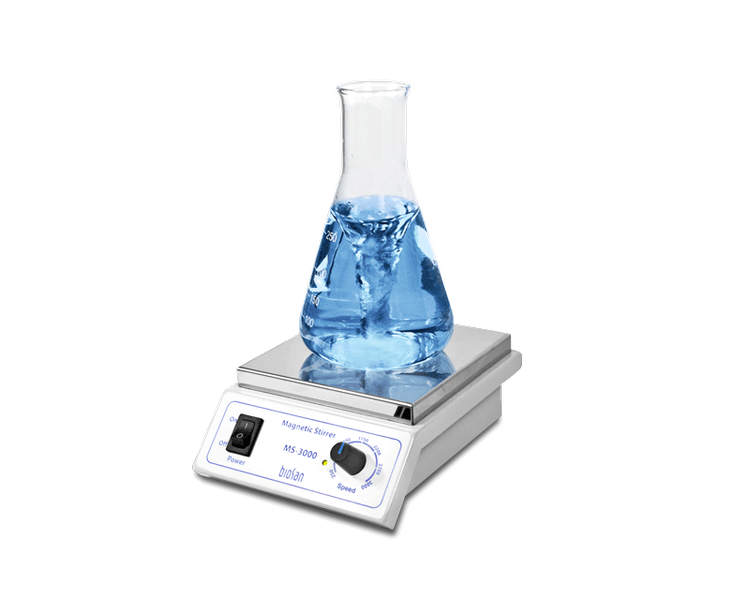
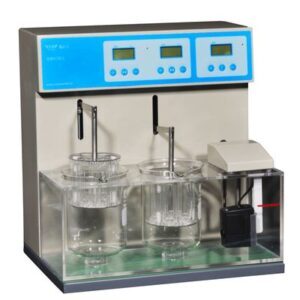
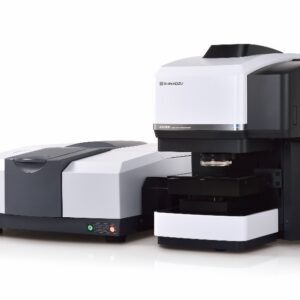
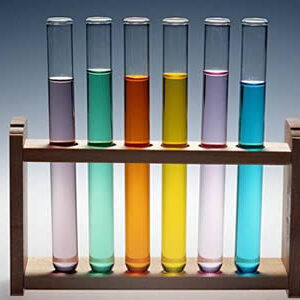
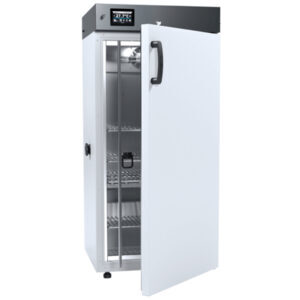
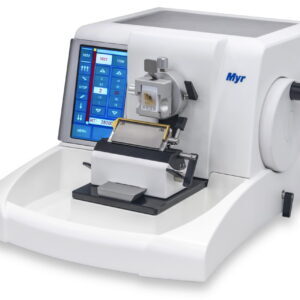
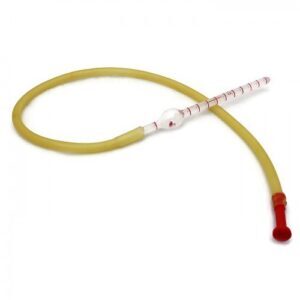
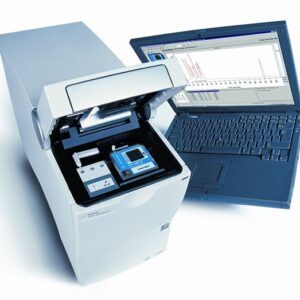
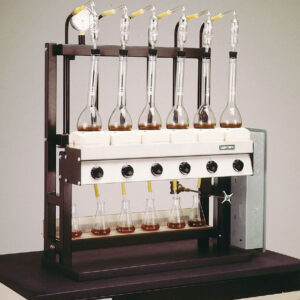
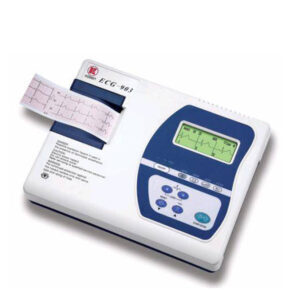
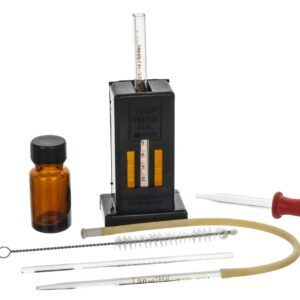
There are no reviews yet.